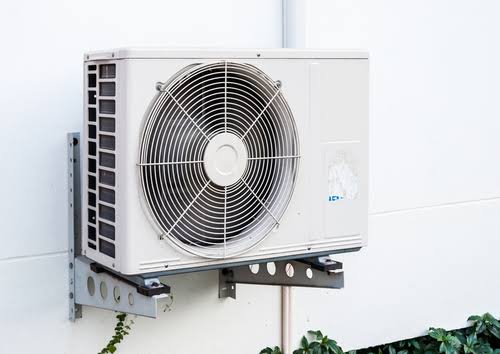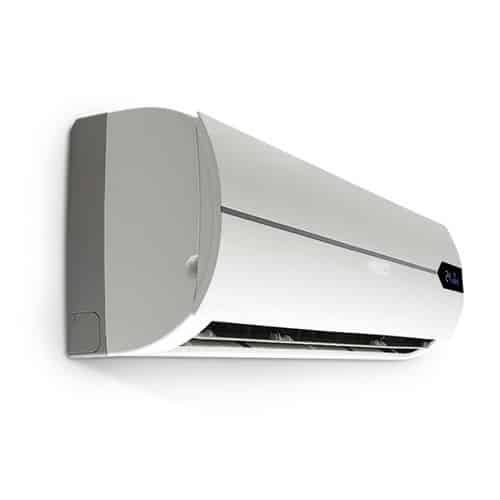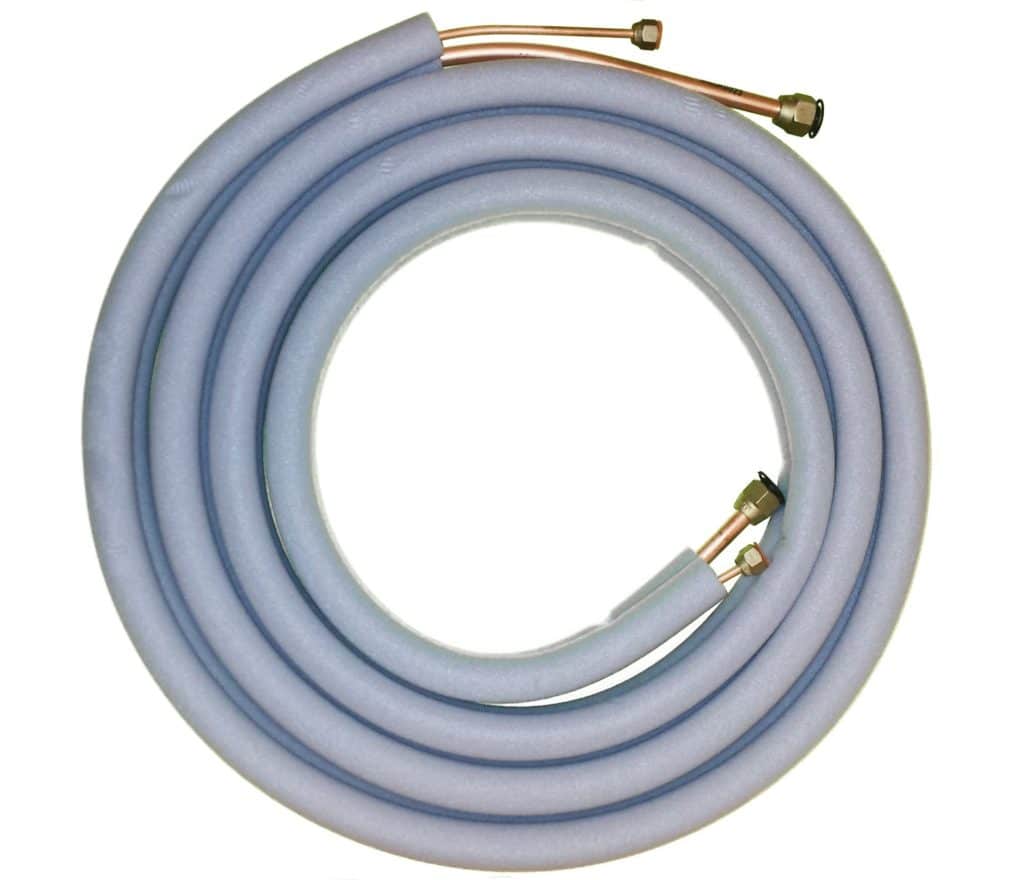The ductless mini split system is undoubtedly a masterpiece of contemporary HVAC engineering. Their ability to heat and cool (at incredibly high efficiency) is exceptional. Over the years, they have become more and more popular in homes and offices. Despite their popularity, many homeowners don’t understand how ductless mini split systems work or if they’re the right choice for an hvac upgrade.
In today's guide, we will look at how ductless mini split systems work. We shall discuss the cooling and heating capabilities of mini splits. Though contradictory, the answer for how this works is incredibly straightforward. This is all due to the compressor's dual functionality, which enables it to both compress and expand refrigerant for cooling and heating. But before we dive into the nitty gritty of today's article, let's familiarize ourselves first with the components of the ductless mini split systems.
Components of Ductless Mini split System
The ductless mini split systems consist of three main components: the outdoor unit, indoor unit(s), and the conduit that connects them both. These primary parts have several mini split parts working together.
1. The Outdoor Compressor / Condenser Unit:

Outside the house is where you'll find the compressor or condenser unit. It appears to be a giant, rectangular box with a fan on it. Its function is to dissipate heat from the refrigerant.
- Compressor: The compressor is a device that pressurizes refrigerant gas, converting it from a hot gas into a liquid as in the case of the cooling option. The compressor can also expand a low pressure liquid refrigerant into a high-pressure gaseous hot refrigerant during heating.
- Condenser coils: By winding them around a number of loops, the condenser coils give the ambient air time to absorb heat from the refrigerant. The refrigerant will emerge from the condenser as a cool liquid.
- Outdoor fan: The fan circulates air over the condenser coils to ensure adequate cooling.
- Expansion valve: This tiny valve allows the liquid refrigerant to expand just before it enters the evaporator unit. This further cools it down.
2. The Indoor Evaporator Unit

Ductless mini split systems have one compressor outside that connects to at least one evaporator unit inside. Depending on the unit, the compressor can support up to eight evaporators in different rooms.
- Coils in the evaporator: As cold refrigerant runs into the coils, it immediately absorbs heat from the surrounding air. As a result, the refrigerant turns into a gas and moves the heat from the room outside.
- Blower: The circular blower is responsible for drawing in warm or cold air and blowing cool or warm air back into the room. It’s very quiet compared to the fans of traditional air-conditioning units.
- Air filter: Before entering the room, cool air passes through the air filter, which traps dust, pet dander, mold spores, and other allergens. A good filter keeps the house cool while enhancing the quality of the air within.
3. Drain Lines, Refrigerant Tubing, and Electric Cables

The hot gas or cold air must be moved from the inside to the exterior compressor in some manner. The line set is useful in this situation. Although the line set particularly refers to the refrigerant tubing, the entire bundle, which contains:
- Refrigerant lines: This copper tubing is insulated and used to transport refrigerant throughout the system. The size of the tubing varies; lines carrying cold refrigerant liquid are wider than those conveying hot gas leaving the evaporator coil.
- Drain lines: During the cooling cycle, water is produced by condensation in any evaporator. Drain lines dispose of moisture outside because you don't want it to seep into the house.
- Electrical lines: All of the electricity needed for interior evaporator units is provided by power wires from the outside. This implies that in order for mini splits to function properly, your home does not need to be rewired.
- Electronic communication cables: transmit signals between internal and external components to keep everything operating as it should. The outdoor compressor only operates when necessary and at the appropriate speed to maintain the desired temperature in the home.
How Do Ductless Mini Splits Work?
Prior to the invention of mini splits, all whole-house HVAC systems contained ductwork, they were expensive to operate, and could only deliver cooling or heating.
Mini splits changed all that.
Ductless small split heat pumps essentially pump heat from indoors to outdoors (for cooling) and from outdoors to indoors (heating). They are able to be so energy-efficient because they only transfer heat between two spaces rather of producing it, like a furnace burning natural gas would.
A refrigeration cycle serves as the foundation for the basic operation of these split system mini splits. The compression and expansion of refrigerants (such as R410A, R22, and others) is used in this well-known thermodynamic cycle to move heat.
How Can A Mini Split Provide cooling?
- Through refrigeration lines, compressed refrigerant that is liquid at low pressure travels from the outdoor unit to the indoor unit.
- The interior air handler's evaporator cooling coils are where liquid refrigerant enters and expands, turning from liquid to gas. This process cools the coils since it is endothermic from a thermodynamic standpoint.
- Warm indoor air is drawn in by an indoor air blower and forced over these chilly coils. This reduces air temperature and eliminates humidity (air moisture is condensed on these cold coils). We experience the indoor air handler blowing cold air as this cool, dry air is emitted into our home.
- Through the refrigerant lines that link the two units, gaseous refrigerant (high pressure) now returns to the outside unit. On this sketch, this is indicated with a pink line (cold vapor).
- The refrigerant is compressed and reconverted to liquid in the outside unit (using the tiny split compressor). It produces a lot of heat because it is an exothermic reaction. Consequently, outdoor units may be very warm. Basically, the compressor's purpose is to extract the heat that has been accumulated from this refrigerant.
- Refrigerant lines carry the refrigerant back into the interior unit once it has reached a cool liquid state once more.
- Once more, the tiny split refrigeration cycling has just begun. This cycle keeps repeating till we reach the desired indoor temperature.
Here is the fundamental operation of a ductless mini split cooling part in the simplest terms:
Okay, this is the cooling part. How is it possible for a mini split system to also heat? At first, it appears to be paradoxical. Now let's explain how split heating process operates:
How Can A Mini Split Provide Heating?
For the heating process to occur, the refrigeration cycle, described above, is just reversed.
The refrigerant flow is reversed in mini splits using a unique device called a reverse valve. That's it; you are now receiving heating instead of cooling.
As with a typical air conditioner, the refrigerant expands indoors to provide cooling and contracts outdoors to provide cooling while running (expelling heating). The mini split heat pump gathers all the heat that is present outside (the compressor expands, collecting the heat) and brings it inside when the reverse valve is turned on.
It may have occurred to you that the compressor's capacity to serve as an evaporator is the entire point of heating (capable of expanding the refrigerant gas).
Here is a step-by-step breakdown of how heating (rather than cooling) is achieved by switching the refrigerant flow in mini splits:
- A low-pressure liquid refrigerant is expanded by a compressor into a high-pressure gaseous refrigerant. You receive a heated refrigerant as a result of this.
- The indoor coils are warmed by hot refrigerant that is piped through them and circulated within.
- Warm air is blown into your house by a blower over these now-hot coils.
- The hot gas refrigerant is cooled and returned to a low-pressure liquid form throughout this procedure.
- Refrigerant lines carry this liquid refrigerant back to the outside unit.
- The heating cycle is finished when a compressor converts the cold liquid refrigerant into a hot gaseous refrigerant.
In this manner, a mini split can offer heating in the winter and cooling in the summer.
The most important thing to keep in mind is that even at low outdoor temperatures (below 50°F), the refrigerant has the ability to extract all of the heat that is present in outdoor air and transfer it indoors.
Ductless Mini split Maintenance
Hopefully now that you understand what ductless mini split is, you can decide if it’s the right choice for your home and rely on our mini split installation services. If you have one already, it is extremely important to keep it maintained so as to ensure efficient operation. Follow these maintenance tips:
- Replace air filters every 30-60 days.
- Schedule professional HVAC maintenance twice a year (once in the fall and once in the spring)
- Periodically check your outdoor unit and clear away grass clippings, leaves, dirt, snow, and other debris (you can use your garden hose).
- The heat pump should be completely level, supported by a concrete support pad.
- Never stack anything on top of the unit.
- Maintain a minimum 2-foot clearance around the entire unit.
- You can improve your mini split efficiency with shade from trees, trellises, and awnings.
If your heat pump gets interrupted by a power outage or tripped breaker, do not operate the unit for at least 6 hours, especially if it is cold out. Instead, turn on the emergency heat and wait 6-8 hours before turning the pump on.
AirPlus Is Northern Virginia's Mitsubishi Electric Diamond Preferred Contractor

.2309121422550.png)

